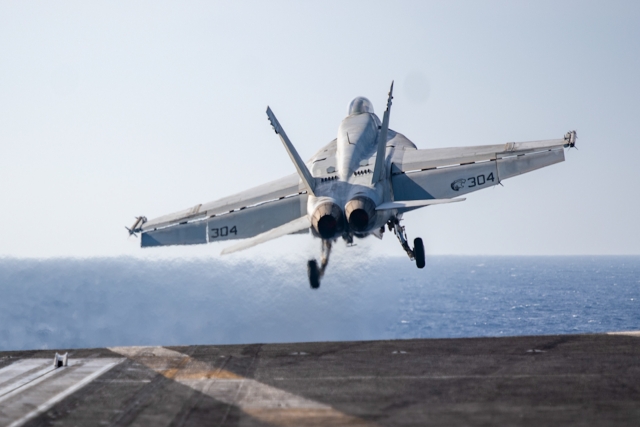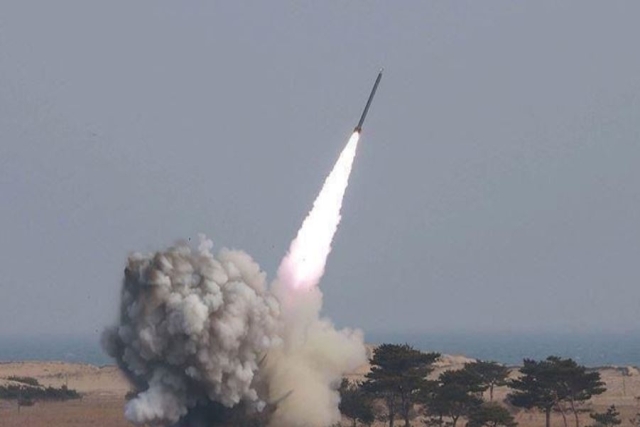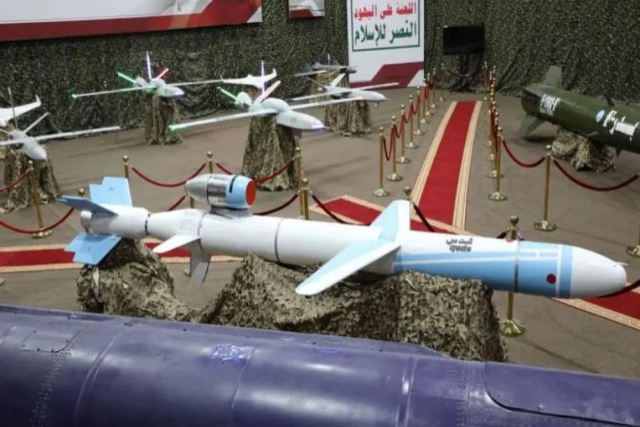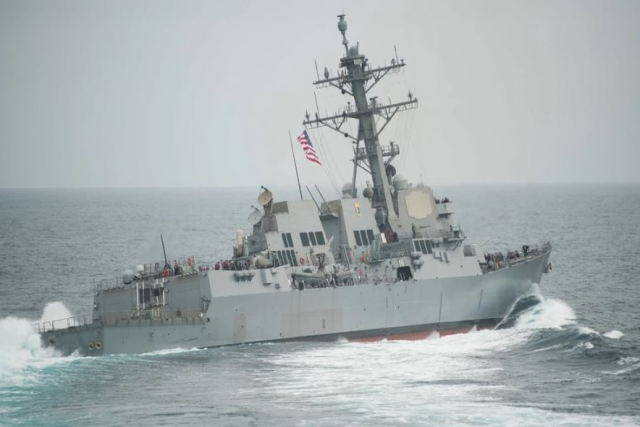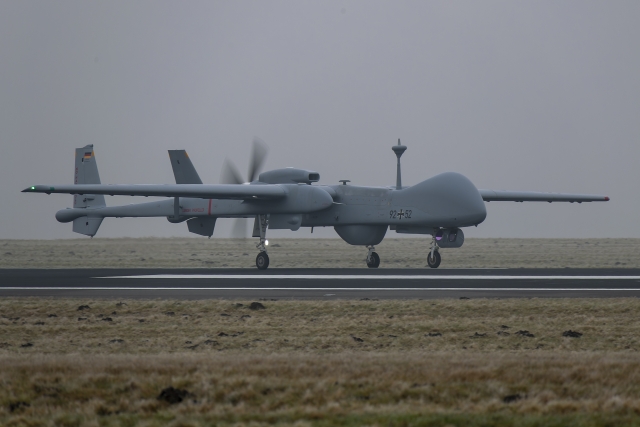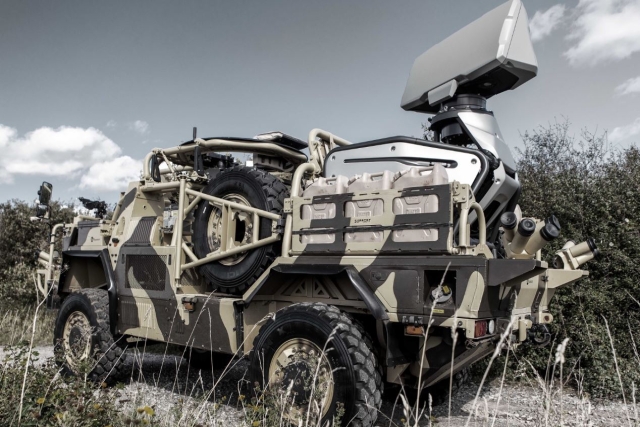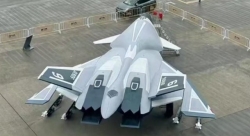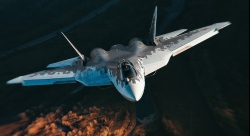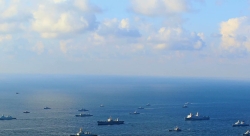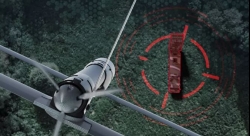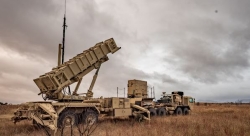U.S. Navy Deploys New AI-powered System to Detect Houthi Threats in Red Sea
AI-driven platform integrates real-time intelligence for enhanced situational awareness

The U.S. Navy has deployed a new analytical system in the Red Sea to detect potential attacks by Yemen’s Ansar Allah (Houthi) movement, enabling faster decision-making and preemptive measures, according to Vice Admiral Brad Cooper, deputy head of U.S. Central Command (CENTCOM).
The system processes large volumes of data from multiple sensors and assets, integrating them into a unified platform. It operates through real-time communication between naval vessels and intelligence centers worldwide, using artificial intelligence to analyze satellite imagery and other intelligence sources. Cooper described the system as a critical tool for tactical operations, stating that it is used continuously, especially during high-intensity situations.
Collaboration with private companies specializing in satellite surveillance further enhances the system’s capabilities. By integrating commercial and military intelligence, the U.S. Navy aims to improve response times to emerging threats in the Red Sea, where Houthi forces have launched missile and drone attacks on maritime targets.
However, concerns have been raised about the potential drawbacks of the technology. Sam Tangredi, a professor at the U.S. Naval Academy, cautioned that excessive reliance on automated intelligence could lead ship commanders to become dependent on analysts’ recommendations, potentially reducing their ability to make independent decisions. He warned that errors in intelligence assessments could influence operational outcomes.
The deployment comes as Rear Admiral Benjamin Nicholson, the U.S. Navy’s assistant deputy chief for operations, plans, and strategy, suggested that ongoing ceasefire agreements in the Gaza Strip could lead to a reduction in Houthi attacks.
